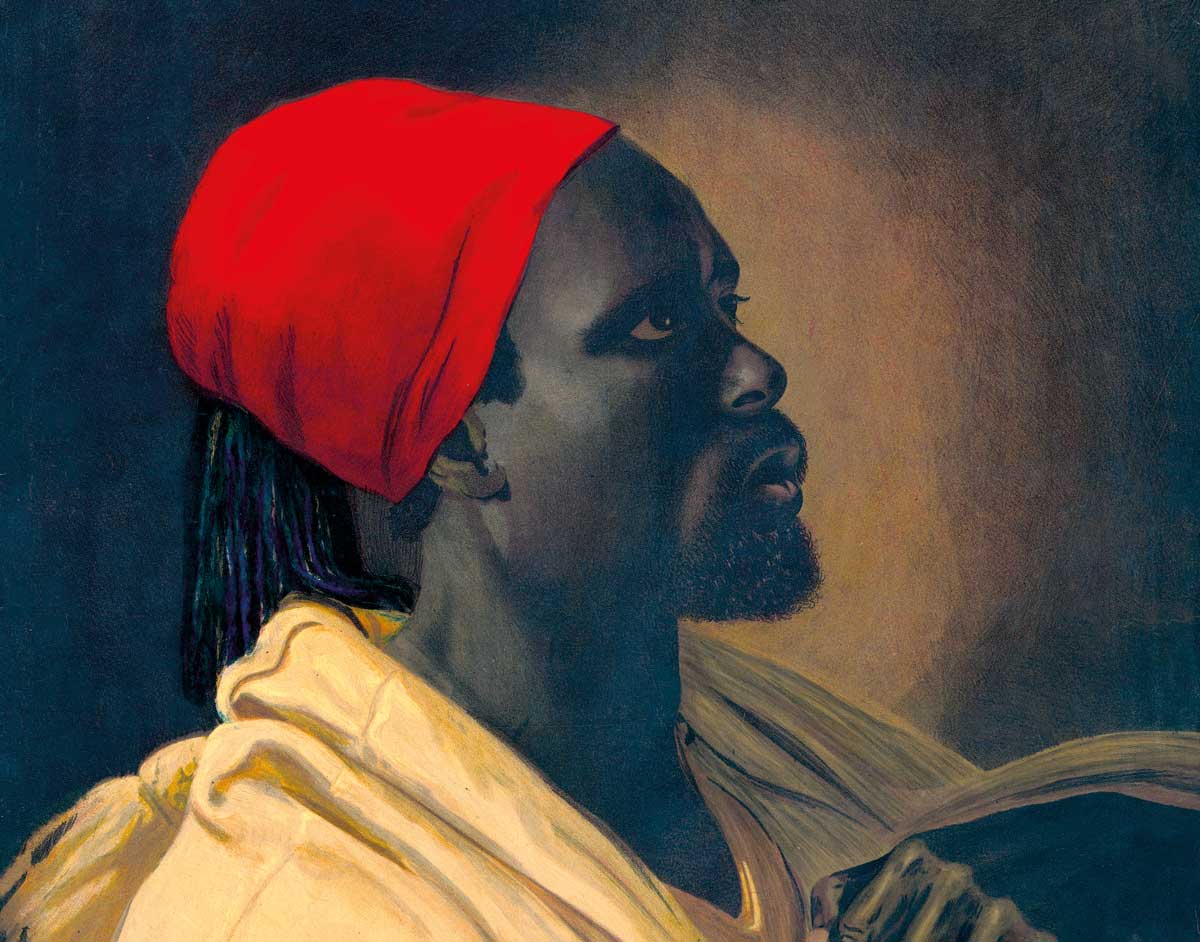The Wrongful Death of Toussaint Louverture - 2 minutes read

On the morning of 7 April 1803, Toussaint Louverture, leader of the slave insurrection in French Saint-Domingue that led to the Haitian Revolution, was found dead by a guard in the prison in France where he had been held captive for nearly eight months. The guard, Citizen Amiot, had written to the French Minister of the Marine in January 1803 describing Louverture’s condition as grave: he was suffering from constant fevers, severe stomach aches, loss of appetite, vomiting and inflammation of his entire body. Despite the fact that Amiot’s predecessor, Commander Baille, had reported similar problems to French officials the previous autumn, no doctor had ever visited Louverture while he was alive in Fort de Joux.
It was only after Amiot found Louverture’s lifeless body – his head resting upon the woodless chimney in his cell, as though he were in gentle slumber rather than in rigor mortis – that a surgeon, Gresset, and his medical apprentice were brought in to assess him. After ‘scrupulous’ examination Gresset observed that Louverture was ‘without a pulse, not breathing, heart devoid of movement, skin cold, eyes still, [with] stiff arms’. He concluded that the prisoner was ‘truly dead’, a strange turn of phrase for a case that must have been obvious. The official autopsy described Louverture’s lips as having been tinged with blood.
Source: History Today Feed